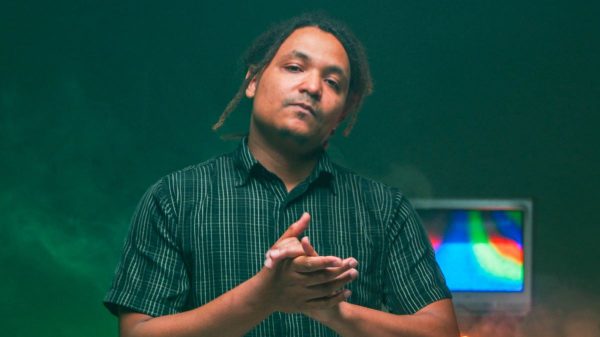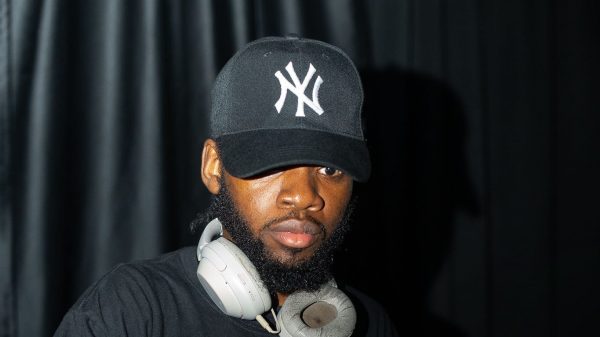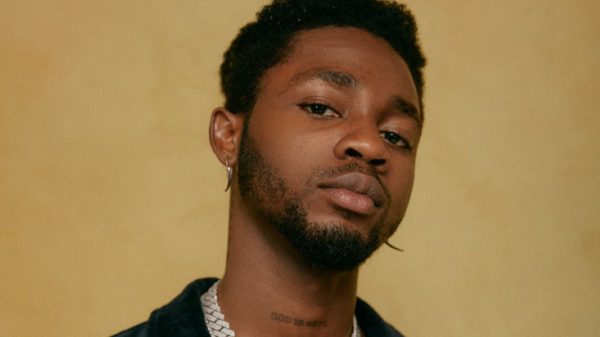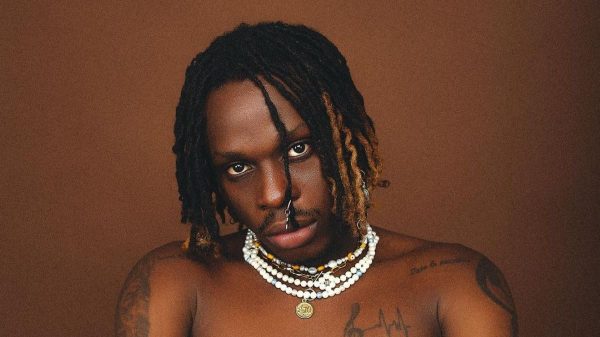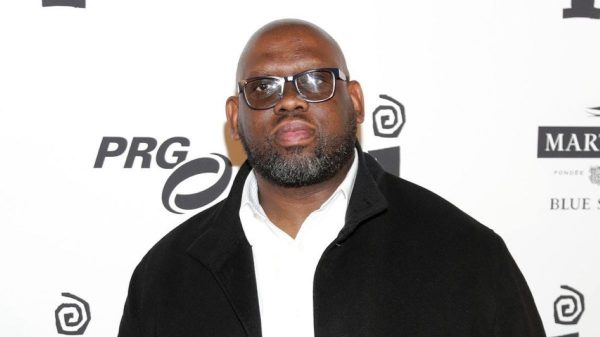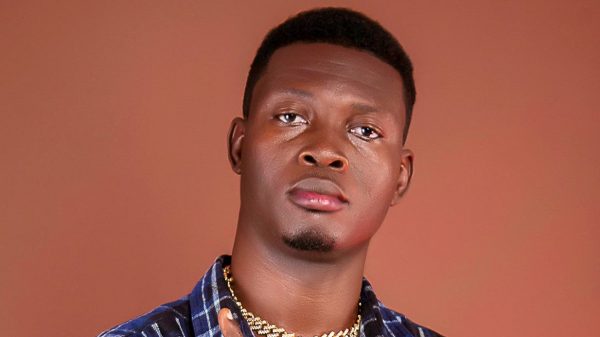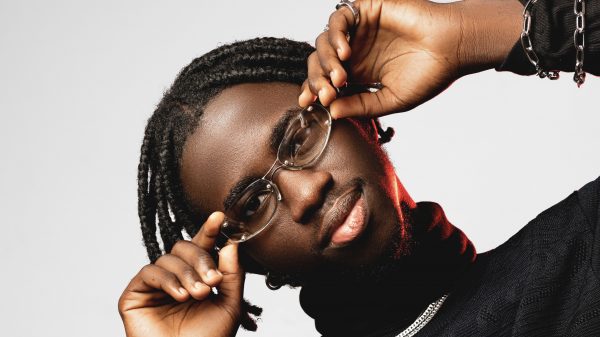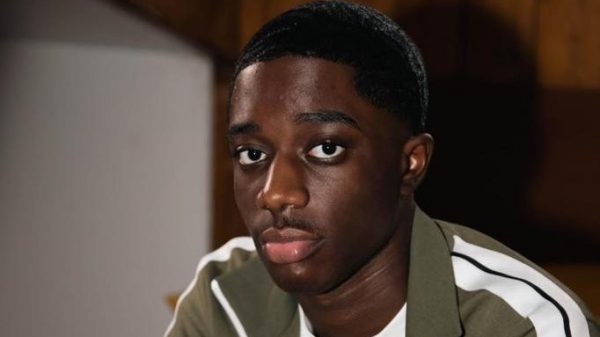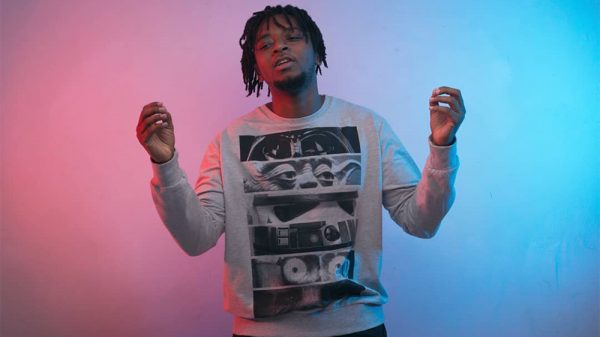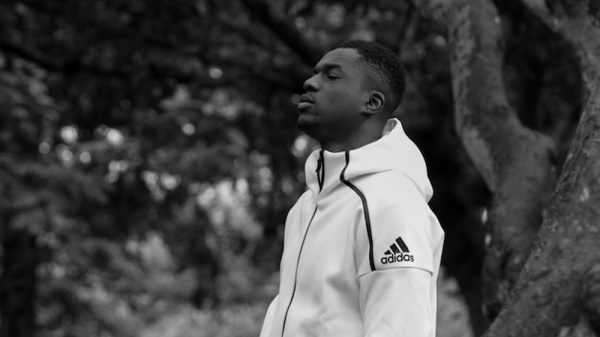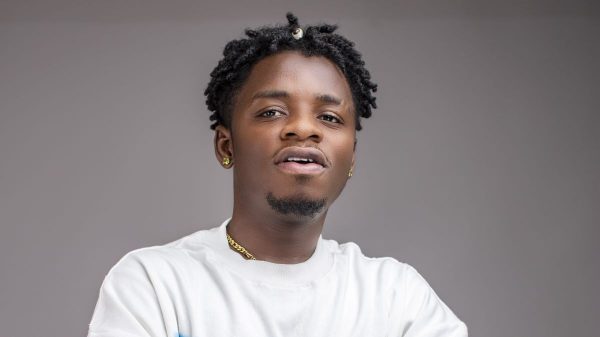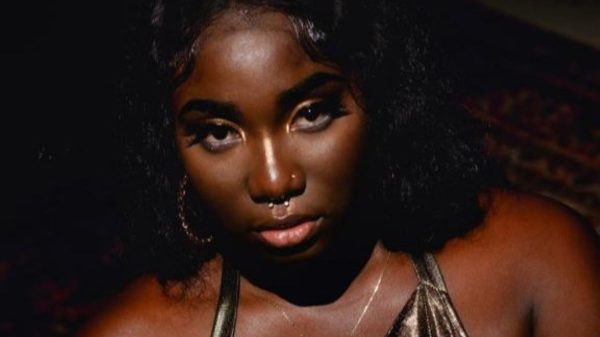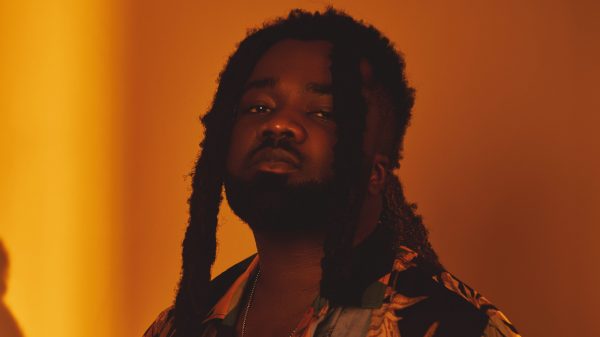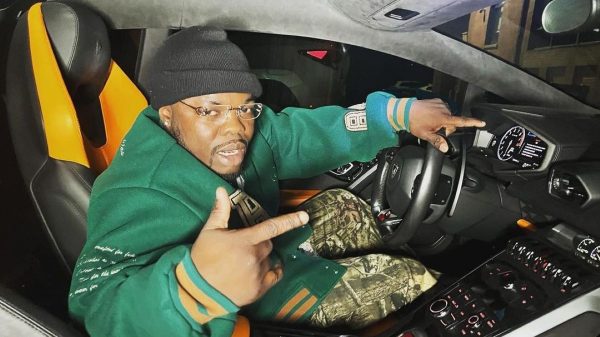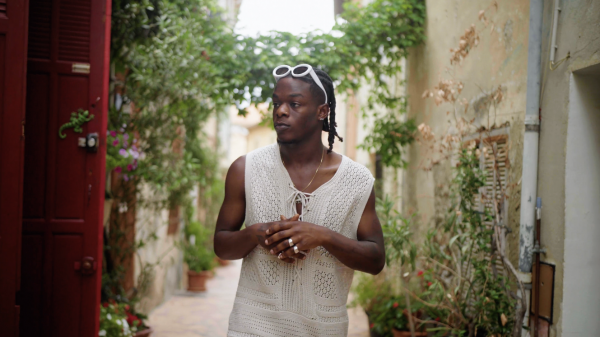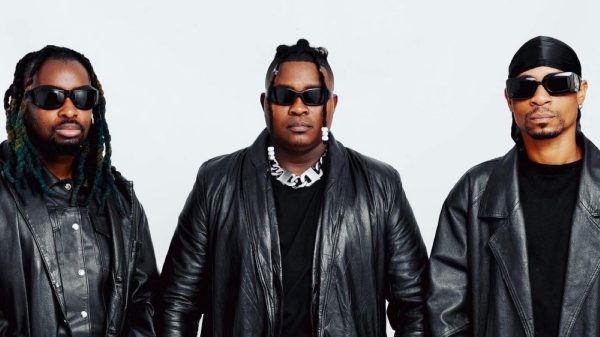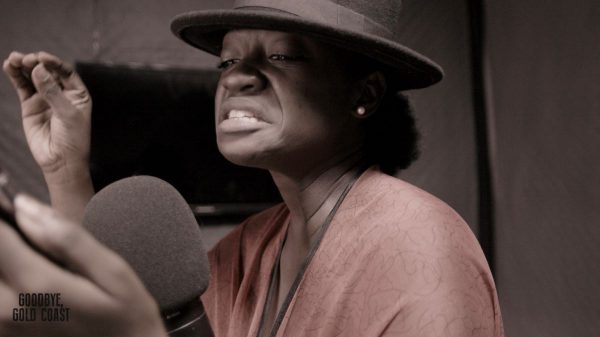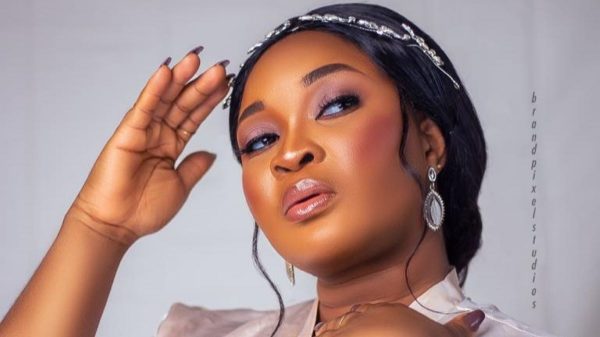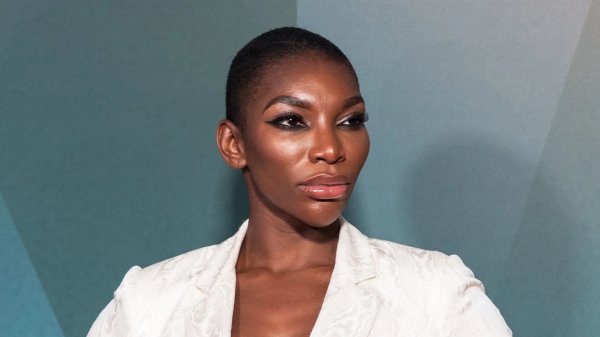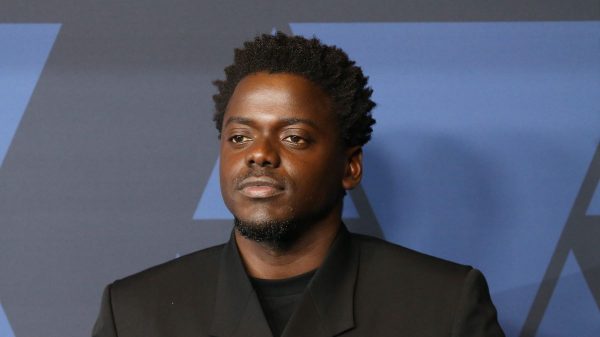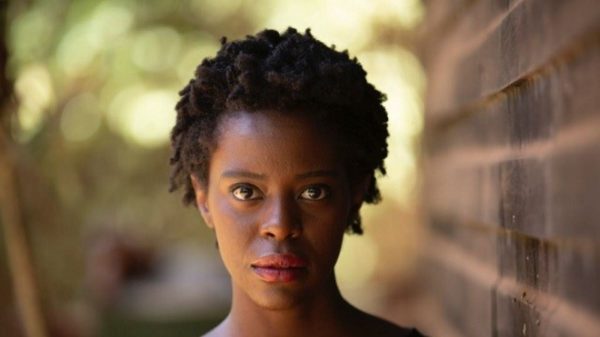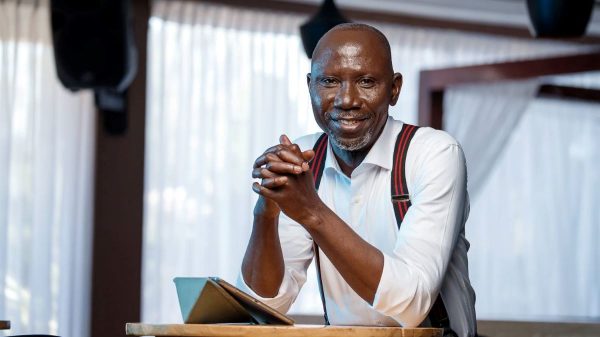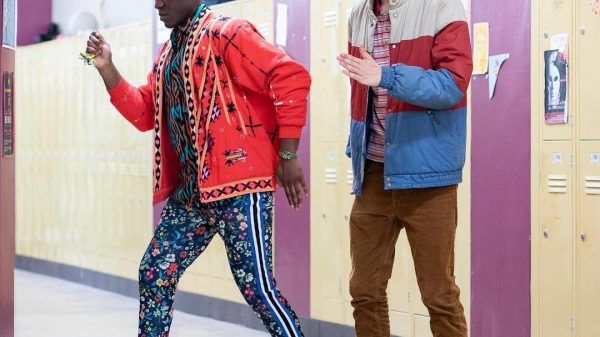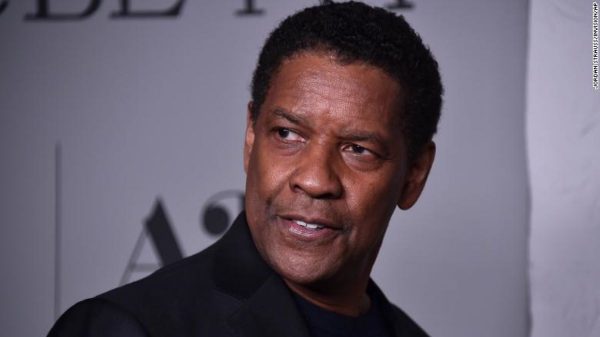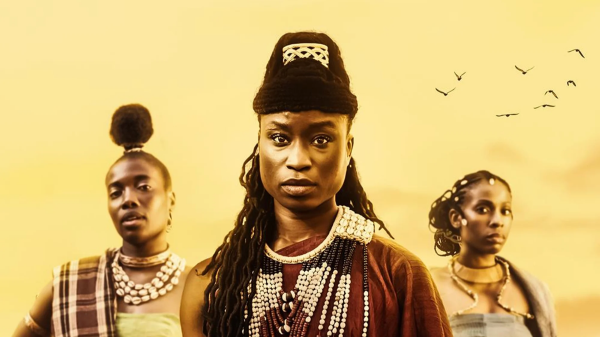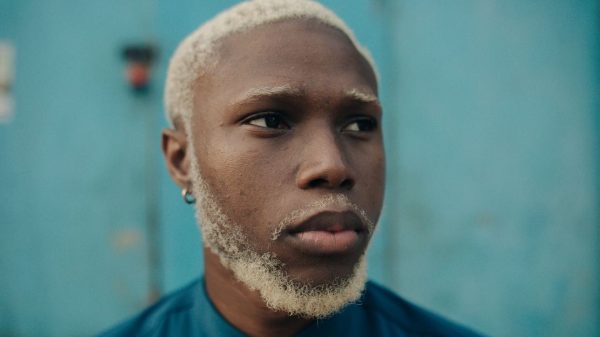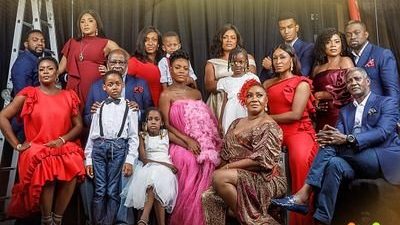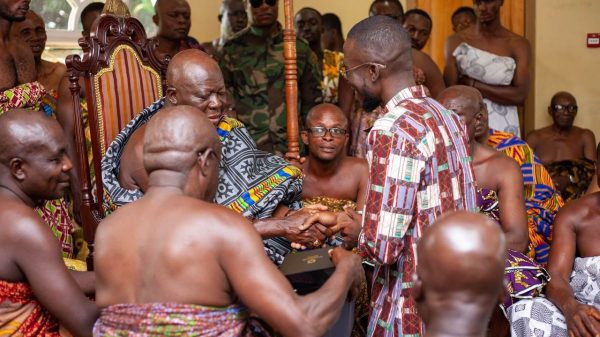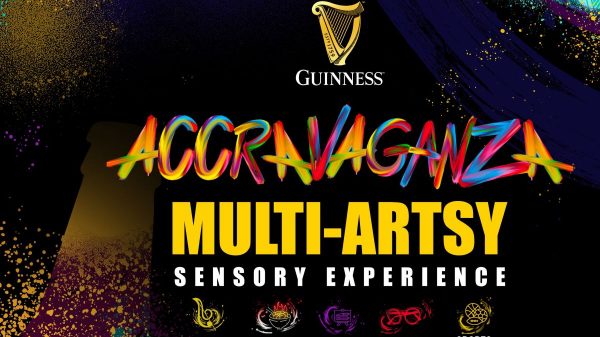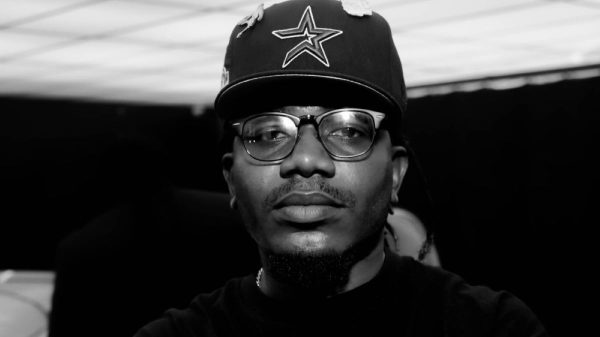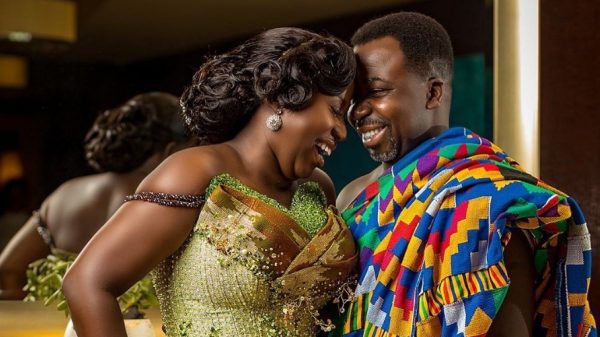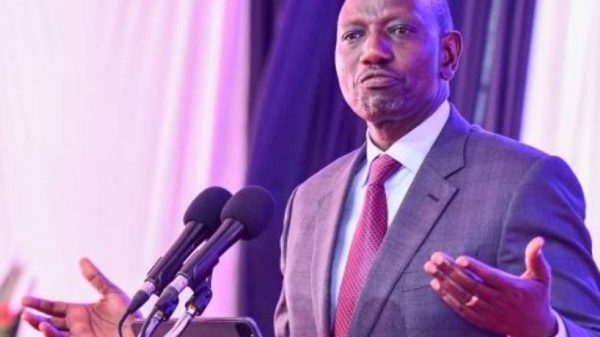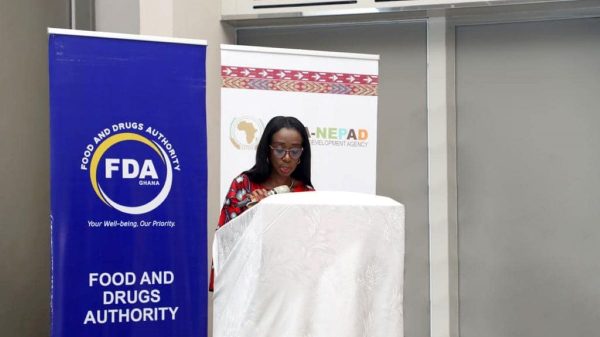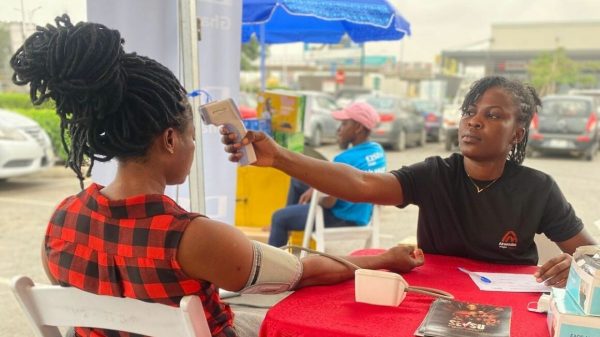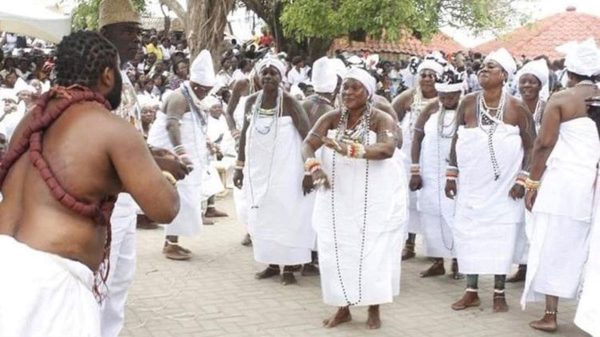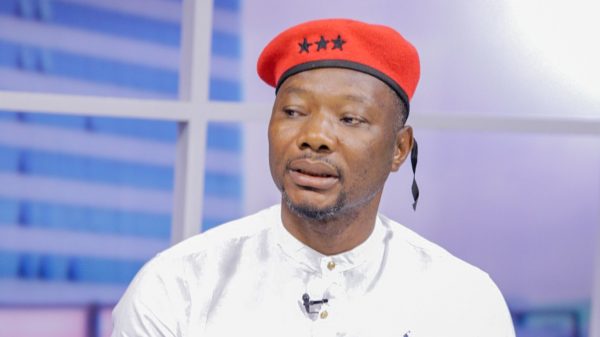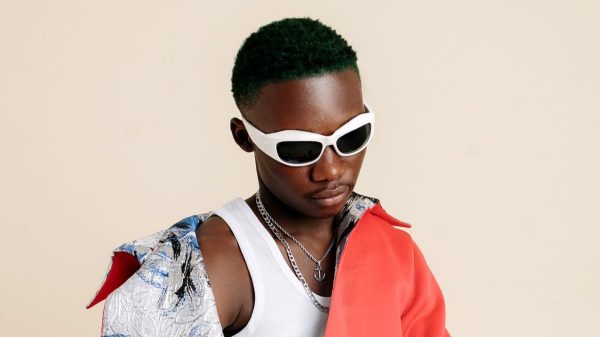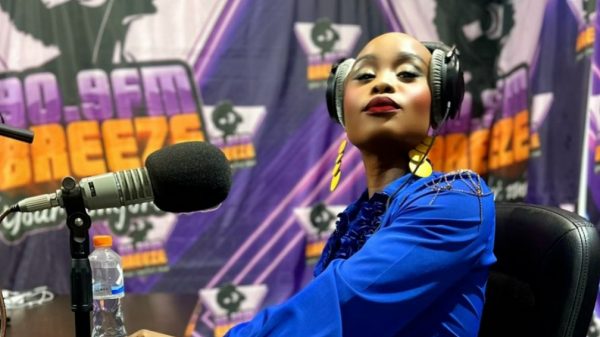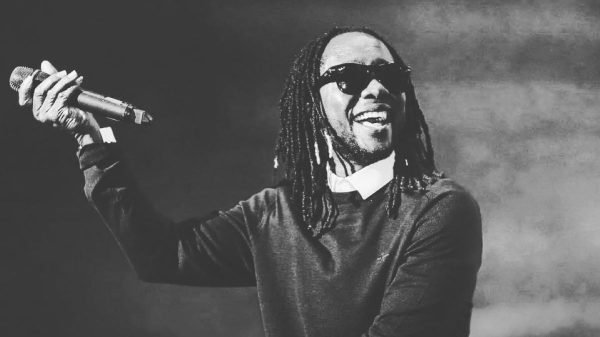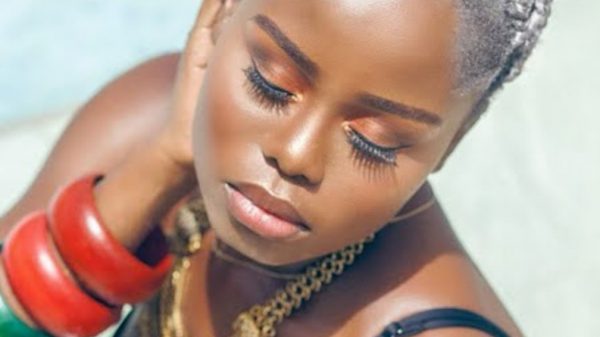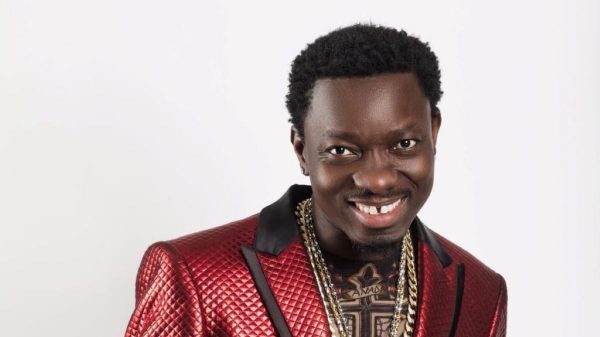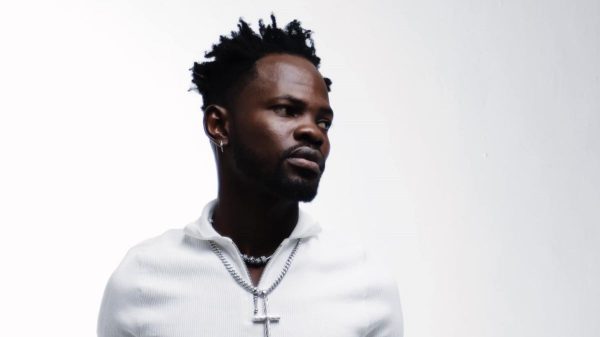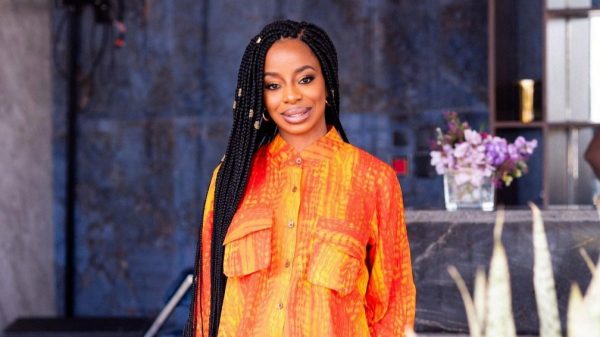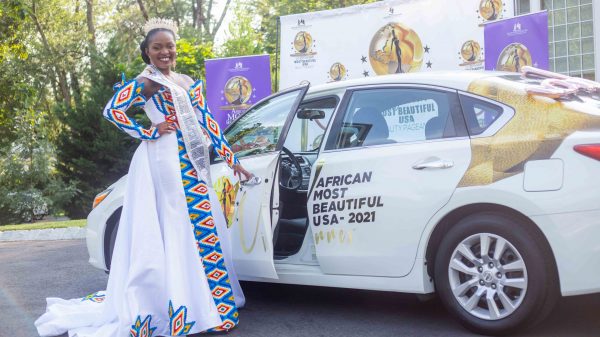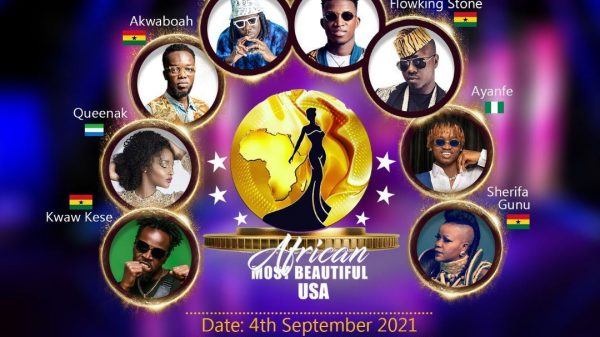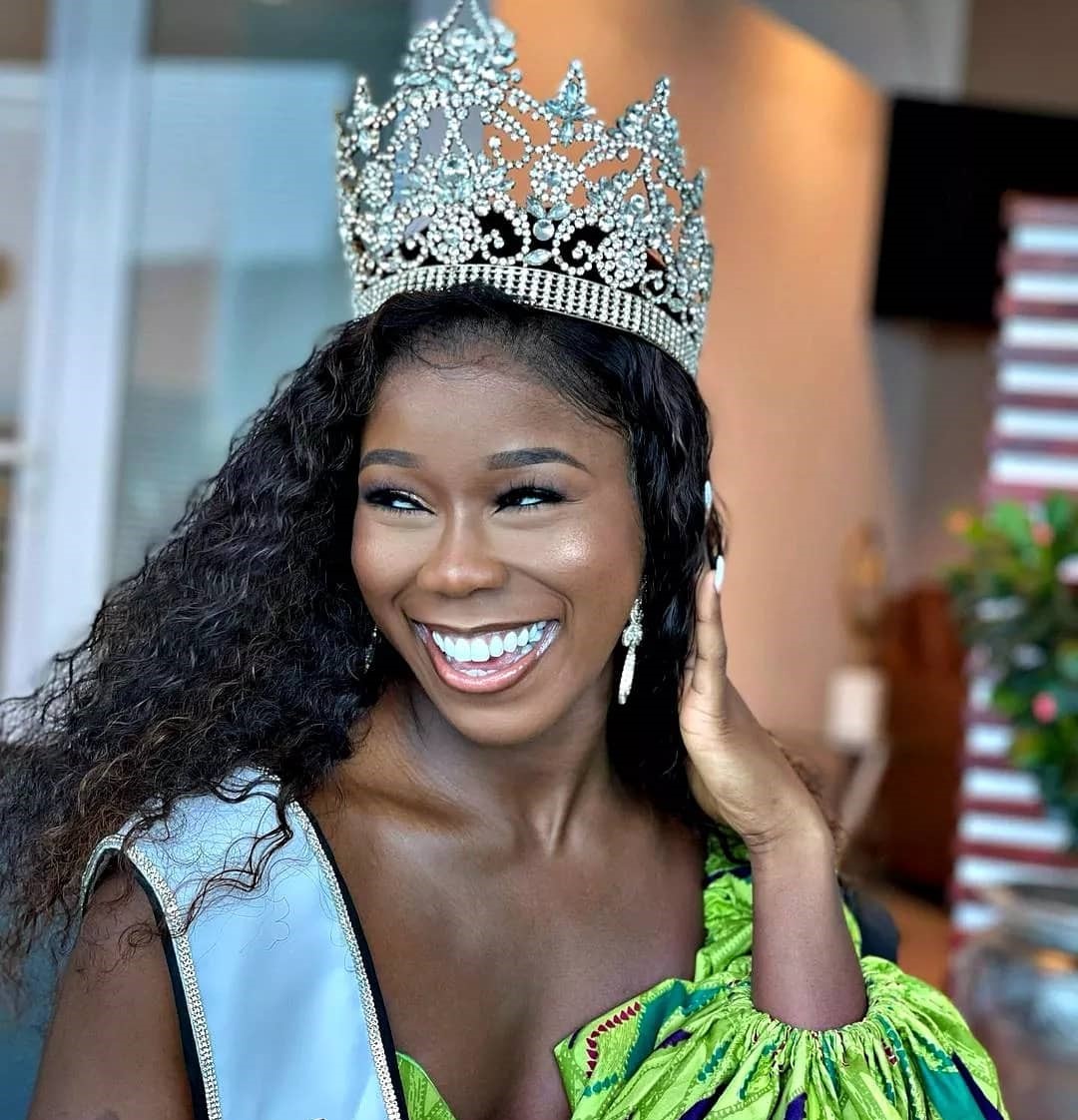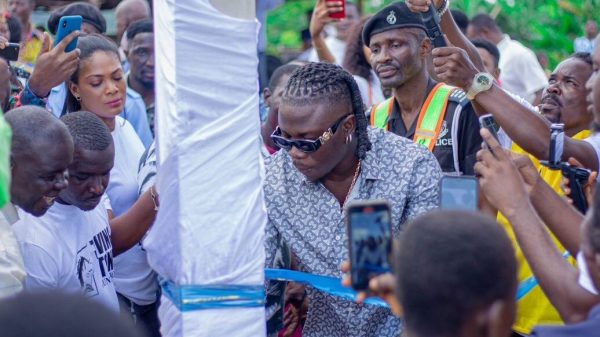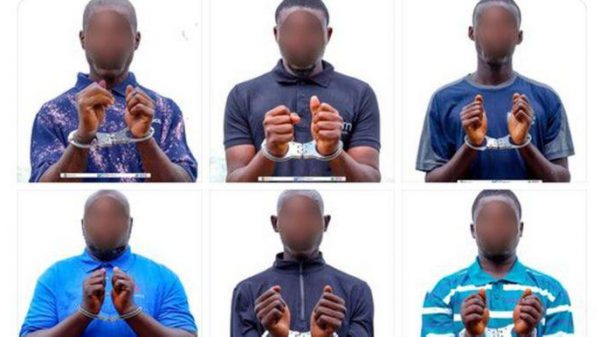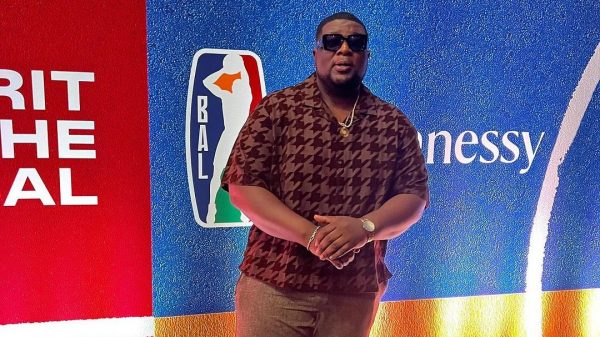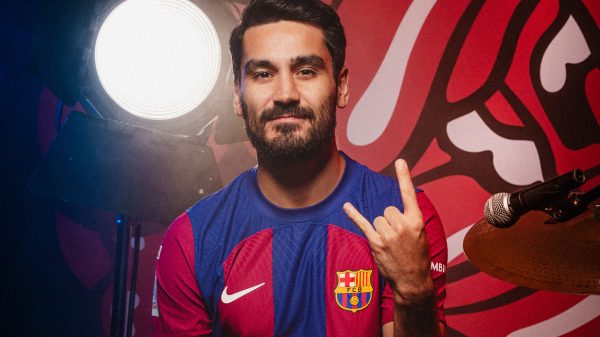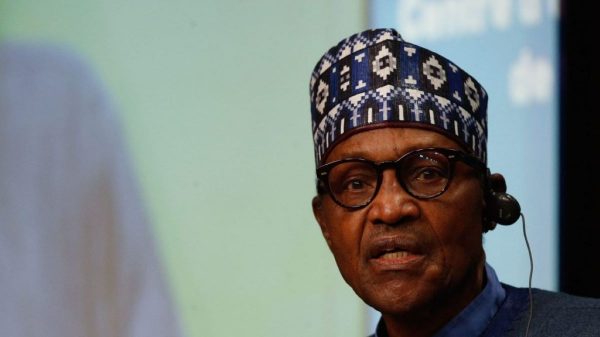Who knew that math and fashion could work together so seamlessly? Apparently Diarra Bousso did, the self-described “Creative Mathematician” and mastermind behind DIARRABLU. The Senegalese serial entrepreneur and multidisciplinary artist left a career of trading on Wall Street to pursue design and it paid off. She has just been awarded a coveted spot as the Designer in Residence at the San Francisco Fashion Incubator for her innovative use of equations and algorithms in her beautiful designs.
The name DIARRABLU is a portmanteau of her own name and the color blue, representing the infinity and abundance of the ocean. The fall/winter collection “Linguère,” named for the Wolof word for a royal female, launched earlier this week. Linguère pays tribute to the tradition of strong Senegalese females of antiquity—specifically the Jolof Empire of the 14th century from which Bousso descends. We caught up with her to ask a few questions about what it is like to merge the nerdy with the glamorous.
This interview has been edited for length and clarity.
Nereya Otieno for OkayAfrica: When did the idea to start a fashion line first come to you? Did you foresee it when first leaving trading in Wall Street?
I wanted to have a fashion line since I was very little but it always felt like a far-fetched dream. When I was working on Wall Street, I got even more inspired and excited about the idea. I also was getting more involved in the creative scene through photography and blogging. When I left trading it was with the goal to start a fashion line right away, even though I had no experience in the field back then.
Did the idea of merging mathematics and algorithms with fashion come naturally to you? Or was it more of a stretch?
I always loved mathematics and liked the idea of using geometric shapes and cuts, but the idea of using algorithms didn’t come until I joined the Mathematics Education program at Stanford. We had this amazing professor named Jo Boaler and her work was focused on Creative Mathematics. I was like “wow, what a cool way to describe one’s work.” I started brainstorming in my free time and started toying with the idea of using math in the design process itself and not just the cuts.

(Photo by Tijan Watt)
After graduation, I started graphing equations, creating shapes and getting really excited. By December 2018, I had generated hundreds of designs algorithmically and decided to work on a collection while in Dakar. We made the first prints and I decided this was going to be the new direction.
So, wait, yeah—how does your process actually work?
I use equations to graph lines, curves, parabolas, hyperbolas, basically anything that can be represented by a math equation and graphed. Then I focus on where those lines and curves meet, which creates kind of random shapes. Then we hand paint those shapes using a color scheme that I’ve chosen.
What do you think it means to use algorithms in instances of self expression and art?
I think it is very empowering. It is a merger of the authentic and the automatic that can be extremely rewarding. Math is limitless, numbers never end and the fact that it is my tool for creation makes me feel like the opportunities are endless. Sometimes, I can stay up all night after writing new algorithms and experimenting with all the iterations that can come out of it. By just changing one number in your equation of flipping the signs, you get a complete new set of patterns. It is so mind blowing!
Your current collection is meant to evoke feelings of the 14th century Jolof Empire, how does it feel to use such contemporary methods in order to create the past?
I have always been fascinated by the past. Perhaps because it is somehow mysterious and hard to grasp. Growing up, I was always excited to dress up on special days as a traditional Wolof princess. My grandma would share her old clothes and resize them for me and I would get traditional braids and jewelry. I am from the Wolof ethnic group in Senegal and my parents raised us with a lot of cultural and historical references. My dad would always tell us stories about our grandparents and mom secretly thinks she is the style heir of the family.
Revisiting Senegal’s past with a collection was very exciting. I wanted to evoke that sense of comfort, freedom and power in traditional wear while adhering to the color palette of the fauna and flora of the Jolof region in Senegal. Clothes are convertible and adjustable just like the traditional boubous and wrap skirts and colors follow an arid climate’s palette of camel undertones and green accents. The algorithmic patterns are abstractions of animal inspired prints and have names like Gyraf and Zybra.
What do you think technologies like this mean for the future of fashion?
I think technologies like this have the potential to make fashion more efficient and circular. In our case, designing our prints algorithmically allows us to generate hundreds of options but only printing the ones that our audience responds to via social media. This has allowed us to reduce fabric inventory wastage by 80% and take a closer step towards sustainability.
What’s next for you and DIARRABLU?
The focus for me is to use this amazing opportunity to scale with the support of Silicon Valley tech executives through the program and expand both our online and store footprint to be able to reach more consumers around the world. We are also working on exciting initiatives to expand our design universe from clothing and accessories to art and interiors. Finally, working towards sustainability is a big goal for us with a focus on more circular solutions to textile design. I hope we keep growing and sharing our story of the intersection of tradition and algorithms with a larger audience.

